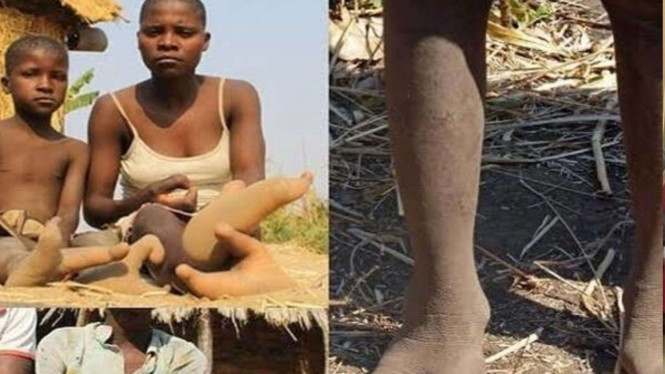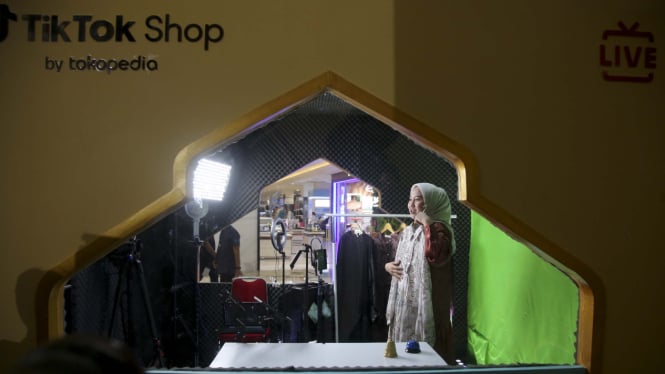Meet Vadoma Tribe: African People with Ostrich Feet
- https://www.kalerkantho.com/
Zimbabwe – The Vadoma, also known as the Bantwana tribe, a small ethnic group in Zimbabwe, the people famous for their "ostrich foot syndrome", because the minority of their population are born with a genetic condition called ectrodactyly.
Ectrodactyly, otherwise known as “lobster claw syndrome” or “two-toed”, usually affects the legs and hands.
This syndrome occurs when one or more toes or fingers are absent at birth. The three middle toes are absent, while the two outer ones are turned in.
Amongst the Vadoma people, Ectrodactyly is an unusual condition that has been passed down from one generation to the next.
Many inhabitants of the Vadoma community can hardly wear shoes due to the shape of their toes. They have two big toes on each foot.
Suku Vadoma
- https://www.sciencetimes.com/
However, even with the two-toe feature, the people can climb trees. They only experience slight difficulty when running.
The Vadoma people have so much pride in themselves and believe that they are superior to other tribesmen. They are well known for their physical peculiarity and are mostly nomads who engage in hunting, fishing and gathering of fruits.
However, the crackdown on poaching and threat by game rangers have made more Vadoma tribesmen abandon their hunter-gatherer lifestyle and move to the lowlands.
The Doma people are forbidden to marry outside of their group due to a tribal law; and as a result, their condition remains within their group. However, they do not view their two-toed feet as a disability.
They are well-integrated into their community and are able to perform various tasks with ease. Some even believe that their rarity has given them an advantage in climbing trees.
Moreover, their unique physical characteristic has led to various myths and beliefs about their origin within Zimbabwean folklore.
They have faced challenges due to discrimination and misconceptions about their condition, but efforts have been made to raise awareness and promote acceptance and understanding.
















